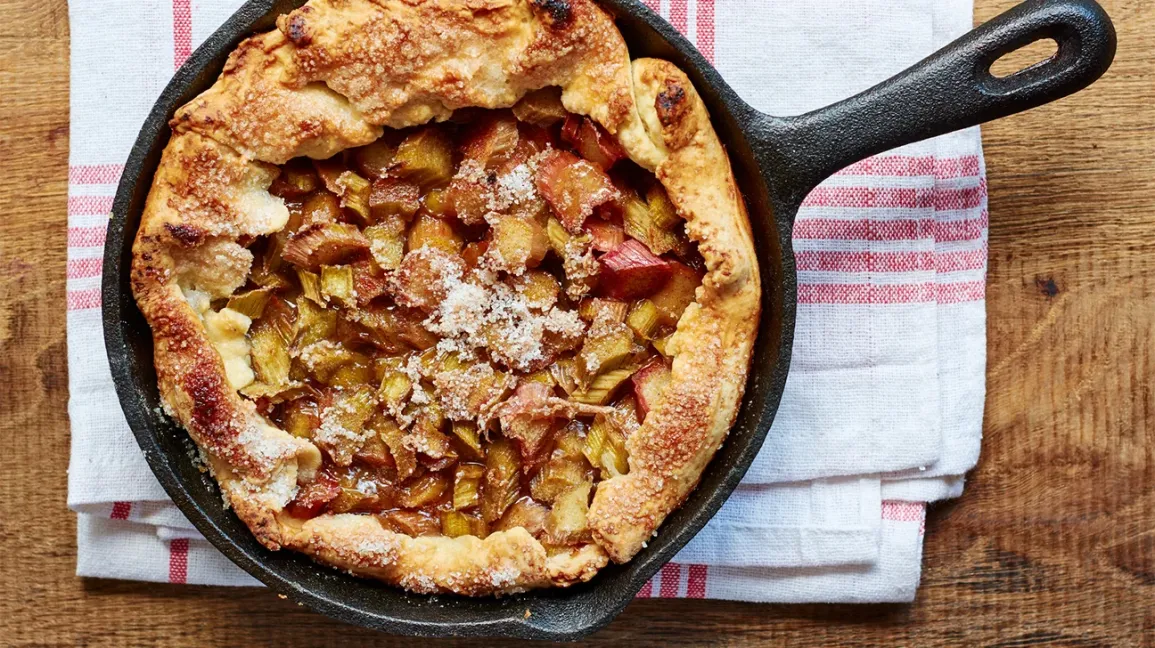The latest trends in kitchen tech are related to clever devices that improve cooking experience, make eating a healthy habit, and enhance meal planning. The technological environment of the kitchen is no longer limited to the idea of “cooking only”.
Smart gadgets reduce the amount of time we spend on meal preparation, these kitchen innovations help make the cooking process more advanced and easier. When it comes to healthy living, green innovations can be mentioned as well.
or a smart kitchen device that projects recipe instructions onto a countertop. Such gadgets increase the ease of following a recipe, but they also collect data about how the device is used. Such privacy concerns should be considered when judging kitchen gadgets.
Voice-Activated Assistants
Voice-activated assistants have fairly quickly found their way into the home. They have become a part of the furniture as they are easy to use, available 24/7, and allow immediate interactions and purchases. And as soon as they are connected to other modalities, such as gestural control or augmented reality, they also create a nice user interface.
The latest voice AI technology is revolutionising kitchen technology by simplifying restaurant operations. It can be utilised to speed up the order-taking process in a restaurant’s kiosk or through a drive-thru intercom, or even on a restaurant’s website, all while lowering the waiting time on hold and in line. Even tableside service could benefit from this advanced technology if customers are able to quickly access the menu items they’d like to order.
Voice AI can be involved in the process to provide best cooking and eating decisions: connecting to the smart kitchen connected utensils. For example, it can share appropriate courses based what’s already in the fridge; when someone enters the kitchen, it can prompt them to activate the breakfast menus or when the oven reaches the desired temperature so that the user can start cooking straight away- minimising food waste and helping the chefs to source freshest ingredients available regarding relevant dishes.
Smart Appliances
Smart appliances take home automation a step further than mere wiring; they could be appliances that connect to Wi-Fi or Bluetooth networks and are enabled to activate devices via voice-commands or an app.
You can also remotely manage your appliances, so that you can toggle their switches from far away but have them ready to use by the time you get there – be it before that commute or even during a lunch break if you’re into cycling. Moreover, there are likely to be energy-saving features on many of these gadgets and appliances that can save you money in the long-term on electricity bills.
Intelligent kitchen systems help restaurants bring food to the table faster, ultimately increasing customer delight. Not only does food preparation become more streamlined, but wait times are also a thing of the past! From a technological standpoint, chefs may also use connected cooking gadgets to adjust settings as per their recipe or guest’s requirements, boosting customer delight even more.
These highly sophisticated appliances, with inventory-management features that can automate recipes, can also provide the technical know-how to digitally label food and note expiration dates, thus cutting down on food waste and, in turn, costs and profitabililty – and, thus, demand for more connected smart kitchen devices, both commercially as well as residentially.
3D Food Printing
A novel blend of food-creating haute cuisine and technology, 3D food printing employs extrusion to knowledgeably build edible food products through the application of food-based inks or pastes layer by layer upon appropriate printable surfaces until successfully solidifying them into the final printable food product.
A digital blueprint of a food item guides the printer in sprinkling constituents in the prescribed order, layer by layer, until the structure of the food item has been constructed. Depending on what kind of taste, texture, nutrients and appearance the food structure is meant to have, it is possible to tweak the outcome by adding flavours and textures, as well as colourants.
For example, Beehex is using this technology to create pizza for long-term space crews, while softer textures for people such as the elderly and anyone with chewing and swallowing problems are another benefit of this method.
Even so, printers are still seen as a premium kitchen gadget (though they are now available at some fine dining establishments, and are being tested at home). The problem is that sophisticated food printing requires skilled engineers and special equipment.
Green Revolution
Kitchens of Buffalo are undergoing an eco-revolution as eco-friendly appliances and materials are used in homes throughout the city. They use less power and water and thereby reduce your energy bills, help to protect the environment.
There are many advantages of having a smart kitchen storage system, as it helps to make kitchens organised and maximises the utilization of space. Although some privacy issues may remain regarding the collection of data about us by smart appliances, these are interesting kitchen trends of the present.
Digital innovation is revolutionising agricultural technology where it is becoming easier than ever for retailers, distributors and consumers to track food products from the farm to the kitchen table.Consequently this may create further benefits for retailers, distributors and consumers such as smoothing logistical operations during the distribution whilst increasing traceability to ensure customer satisfaction; or it could also reduce scarcity of resources in the food production thereby reducing personal nutrition and climate change consequences to the health of our global landscape.



